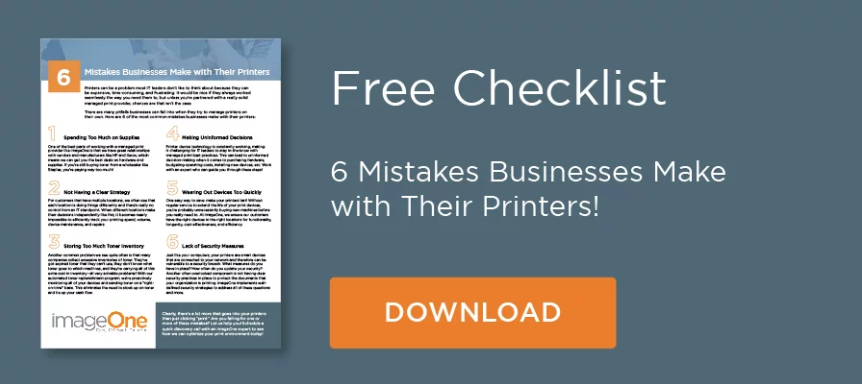This post originally appeared on Forbes.com
Not too long ago, I was in a meeting in which several remote team members were participating via video. Video conferences allow us to enhance our meetings by seeing each other but it also has some challenges, one of them being the human, face-to-face connections between people when they are together in the same room.
During video conferences, I’ve had to learn to be intentional and always do my best to give full presence and awareness to those who are on video. On this particular occasion, we were trying to solve a problem—one that we thought we solved but were revisiting.
It was an exhausting topic and one of the team members in the room with me started crying. We paused, waited a bit, discussed rescheduling the meeting (new day, fresh outlook) but decided to keep moving forward.
As the meeting progressed, I noticed that one of our team members participating via video, whom I’ll call Christine, appeared frustrated and at times disengaged. It was a difficult topic so I didn’t think this was unusual. But Christine’s facial expressions and body language were giving me the sense she was checked out, and it began to take up some of my mindshare.
After the meeting was over, I remained curious about what had been up with her. Was she holding back an opinion on the course of action we were taking? Was she dealing with something stressful at work or at home that was weighing her down? I wanted to find out in case I could help.
The Perks of Human Communication
When I have a feeling like this, I’ve found it helpful to check in with the other person before any stories start in my head and potentially get out of control, so Christine and I met a few days later.
I began our meeting by asking how everything was going with her. I asked if there had been anything up on the day of the video conference. I mentioned that I’d noticed she hadn’t seemed like she was in the best of spirits, and I’d been a little concerned. Was everything okay? Was there anything I needed to understand about her thoughts on the decision we’d made?
Christine just laughed. “Oh,” she said, and then she used an expression I’d never heard before. She told me that she had something called “RBF.” Let’s just say it sounds a lot like “resting witch face.” Then Christine mentioned that during the meeting she was feeling empathetic for the person who had cried, specifically because she thought I had my back to her for most of the meeting.
After discussing all of this with Christine, I was relieved. I’d learned two things. First, I was so focused on being aware and present with the four people on the video screen that I wasn’t aware and present with the one person in the room with me—and the person who needed it the most!
Secondly, what I thought might have been an issue brewing was nothing more than me misreading Christine’s facial expression. I’d been telling a story in my head about her disengagement, or even distress. Taking time to connect with her and have an open and honest conversation brought clarity and deepened our trust.
It was just a small moment, but I noticed that it made us both feel more at ease with each other. We knew each other a little better than we had before we talked. And we both adjusted our expectations accordingly.
Why Human Moments Matter At Work
The next video meeting we had, I reminded myself to keep in mind what she said and was sure not to have my back to the people in the room. I also was aware of what her facial expression might be on the screen and not take it the wrong way…but, to my surprise, Christine was smiling away! I was impressed. She was intentionally working on being more aware and present. It made me smile and appreciate that she took what she learned and was immediately putting it into action.
Why do these moments matter? As a servant leader, I consider this kind of human interaction one of the most important responsibilities I have.
Checking in quickly and “communicating to the third,” as we call it—C3—is integral to our culture. Dan Gilbert, Founder, and Chairman of the Quicken Loans family of companies, taught me early in my career never to make assumptions and to communicate honestly and quickly when addressing challenges and successes.
I’ve also adopted the core qualities of the Small Giants Community, one of which is caring for team members and the totality of their lives. Or, as I like to think of it, providing a human experience.
By talking to great leaders, I’ve been struck by the fact that there’s always a human story. Maybe it’s a relationship that’s not working well, a communication dynamic, or a personal misunderstanding. Some leaders might sigh as they express their frustration about whatever human issues are occupying their attention and I’m curious when they are dismissed as “drama.”
Whatever it is, it’s always there. Most teams that work together closely will learn about each other’s stories.
At the end of the day, a company is a group of people trying to accomplish a goal. That’s all. The human story is never going to go away—because a team is always going to be made up of human beings, doing human things, with human strengths and human flaws.
So as leaders, we have a simple choice: are we going to ignore the human story because we don’t want to have to deal with it? Or are we going to acknowledge the reality of the situation, engage with the human story, and be a lifter upper?
Connect with Rob Dube on Twitter and LinkedIn.






